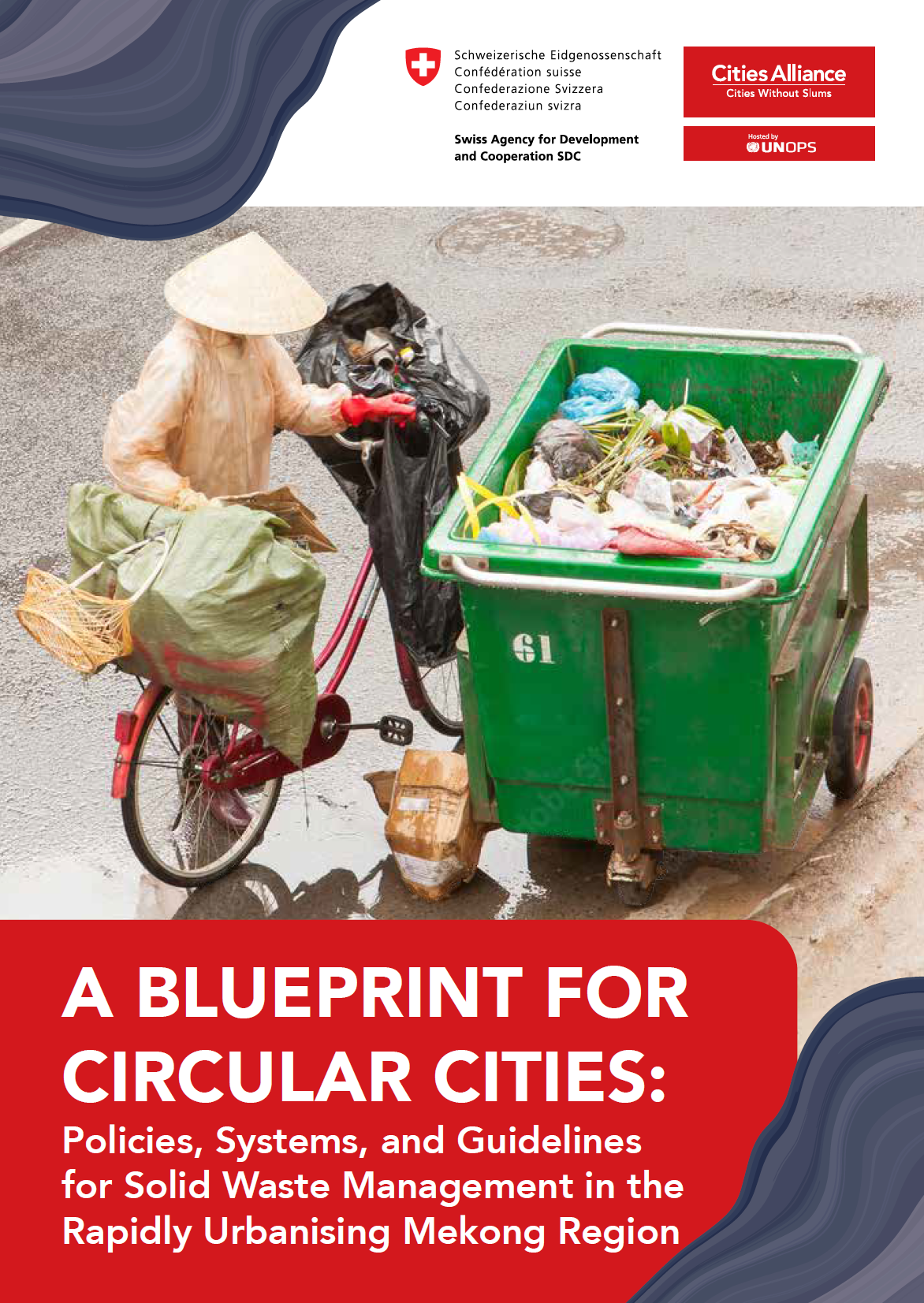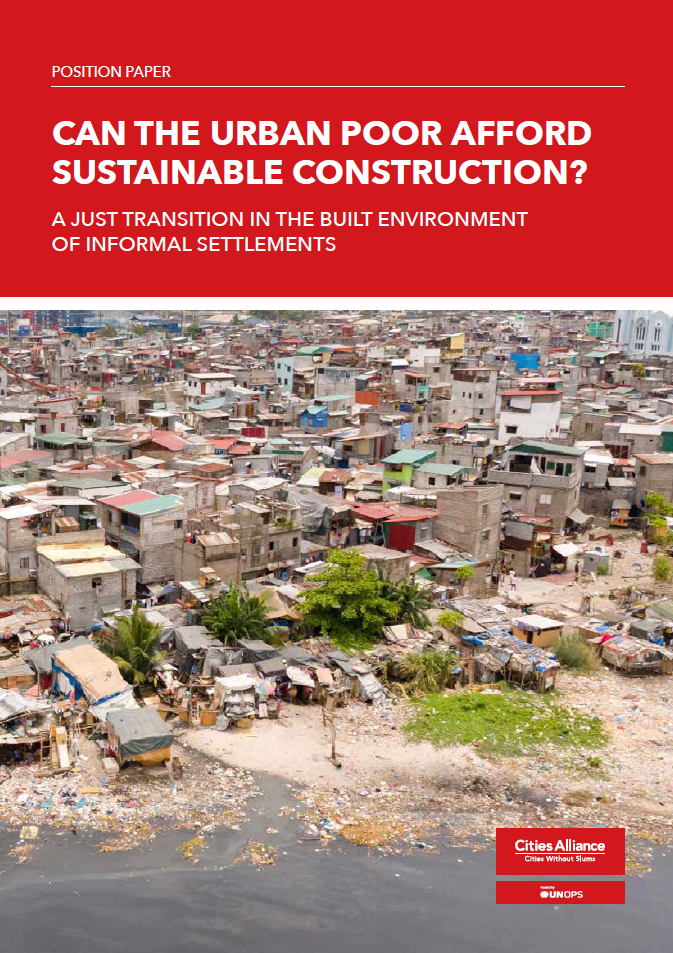- Who We Are
- How We Work
- Regional / Country Initiatives
- Legacy
- Core Themes
- Working Groups
- Portfolio & Results
- Newsroom
- Resources
State of the World's Cities Report 2008/9 (UN-Habitat)
The United Nations Human Settlements Programme (UN-HABITAT) State of the World’s Cities Report 2008/9: Harmonious Cities features an in-depth global analysis of the most significant challenges facing urbanisation. It includes a study of each region: Africa, Asia, Europe and North America, and Latin America and the Caribbean. It also provides case studies on a number of issues, such as how governments are propelling urban growth and China’s urban transition.
Some of the key findings of the 2008/09 report include:
- One out of three people living in cities of the developing world lives in a slum. The highest percentage is in sub-Saharan Africa, where 62 percent of the region’s urban population lives in a slum.
- More than half the world’s population now lives in cities. Each week, an average of three million people in the developing world move to a city. By 2050, global urbanisation levels are expected to reach 70 percent. - Cities are a crucial element of reducing carbon emissions and sustainable use of resources. Because they generate a disproportionate share of a nation’s GDP, cities generally have high levels of energy consumption than non-urban areas.
- Many of the world’s coastal cities will be affected by climate change. Rising sea levels are threatening the 3,351 cities in the low elevation coastal zone, which houses 10 percent of the world’s population and 13 percent of its urban population.
- Major cities in the United States have levels of income inequality similar to those in Latin America and Africa. One of the most important factors determining the level of inequality in both the United States and Canada is race.


